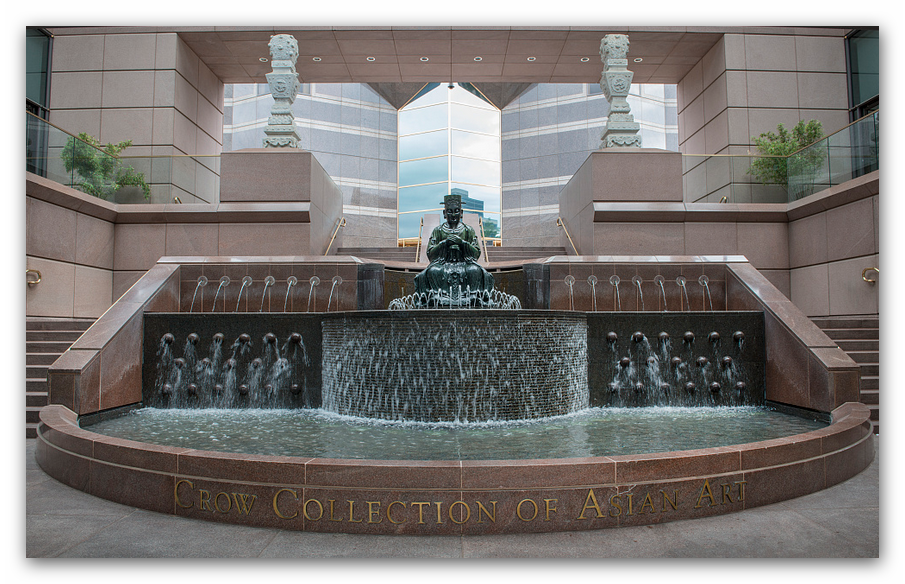Sep 17 2016 - Feb 12 2017
Dallas, TX
The Crow Collection of Asian Art in partnership with the Baroque International Museum and the State Council for Culture and the Arts of Puebla, with support from the Consulate General of Mexico in Dallas, Texas, presents Clay Between Two Seas: From the Abbasid Court to Puebla de los Angeles. This historical and thought-provoking exhibition draws from the extensive collection at the Franz Mayer Museum in Mexico City to reveal a remarkable story that spans eleven centuries and three continents. The threads of this story of brilliant technological innovation and the design of the shapes and sheen of Talavera pottery, made in the Mexican city of Puebla, extends back through warring European kingdoms, protectionist Chinese dynasties and burgeoning early Islamic empires, to the banks of the Euphrates in what is now Iraq.
Talavera Poblana, tin-glazed earthenware, has many mothers, including Chinese ceramic shapes and design. Chinese porcelain was directly available to Puebla potters as a significant presence in cargo arriving in Acapulco through the Manila Galleon enterprise, only some of which was transported on to Spain. Considered a luxury good, Chinese porcelain found its way into many homes and religious establishments as both a utilitarian object and status symbol. It is with an eye to the value of Chinese porcelain as a constitutive ideal in Vice-Regal Mexican society (linked with other Chinese goods such as silk and other textiles, medicines, jewels, and luxury goods) that a connection between Chinese ceramics and Talavera Poblana will be directed.
By the turn of the twentieth century, the search for national identity in post-revolutionary Mexico, and US collectors’ quests for exotic crafts south of the border combined to hail Puebla’s tin glaze potters as artists producing characteristically Mexican decorative ceramics. This exhibition will explore how aesthetic choices were combined from culturally distinct but related sources, ranging from the Iraqi invention of tin glaze technology and elaborate cobalt blue and lustrous metallic-oxide decoration to the New Spain adaption of Chinese ceramic models, came to contribute to the formation of a distinctive Mexican cultural expression. Excavations, shipwrecks, records, maps and a selection of historical and contemporary ceramics will be introduced to suggest a global framework for answers.
Credit: Exhibition overview from museum website.
Whether you go or not, a richly illustrated bi-lingual research catalogue, “From Baghdad to Puebla”, accompanis the exhibition
Exhibition Venues & Dates
Sep 17 2016 - Feb 12 2017
Dallas, TX
